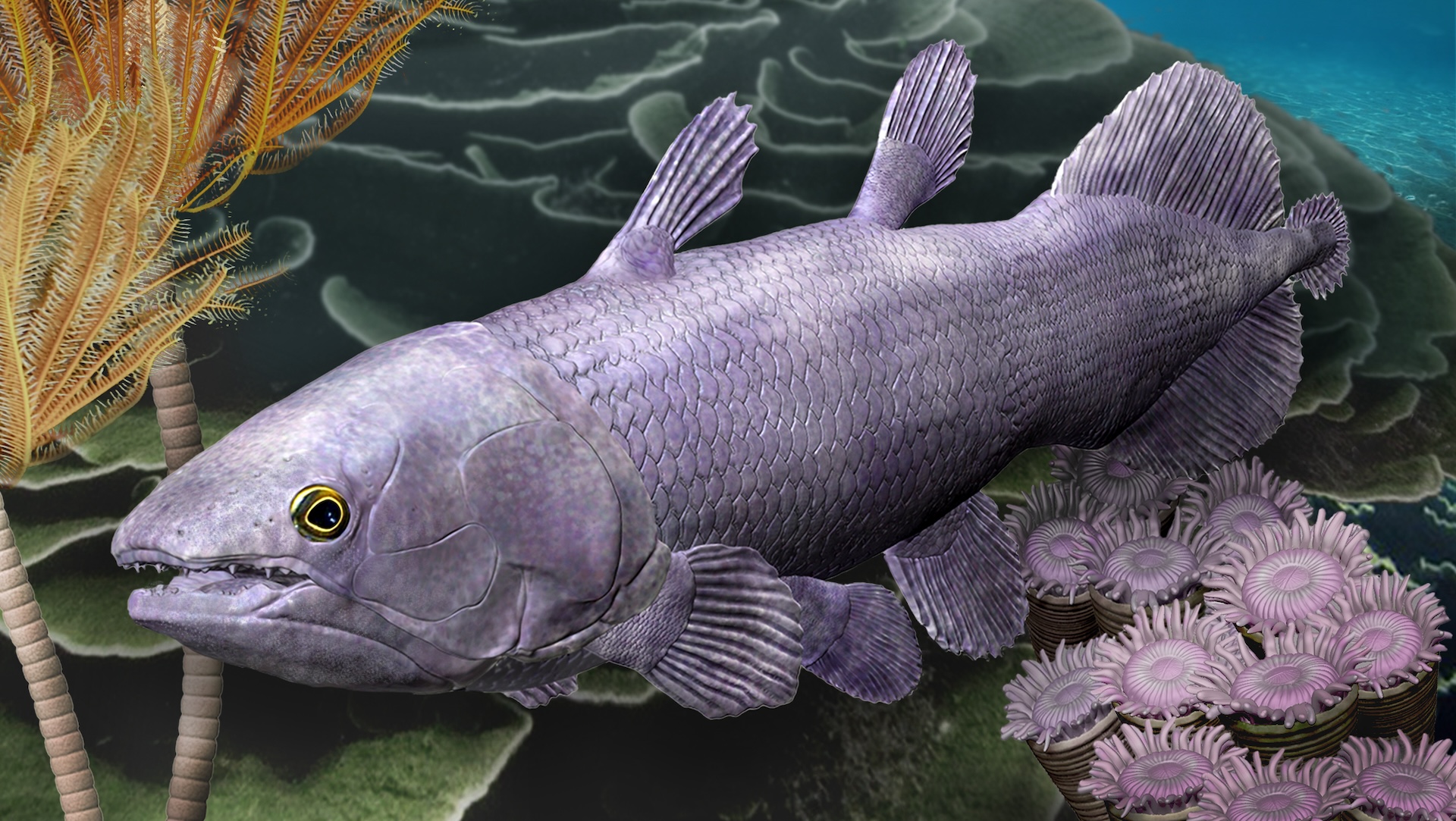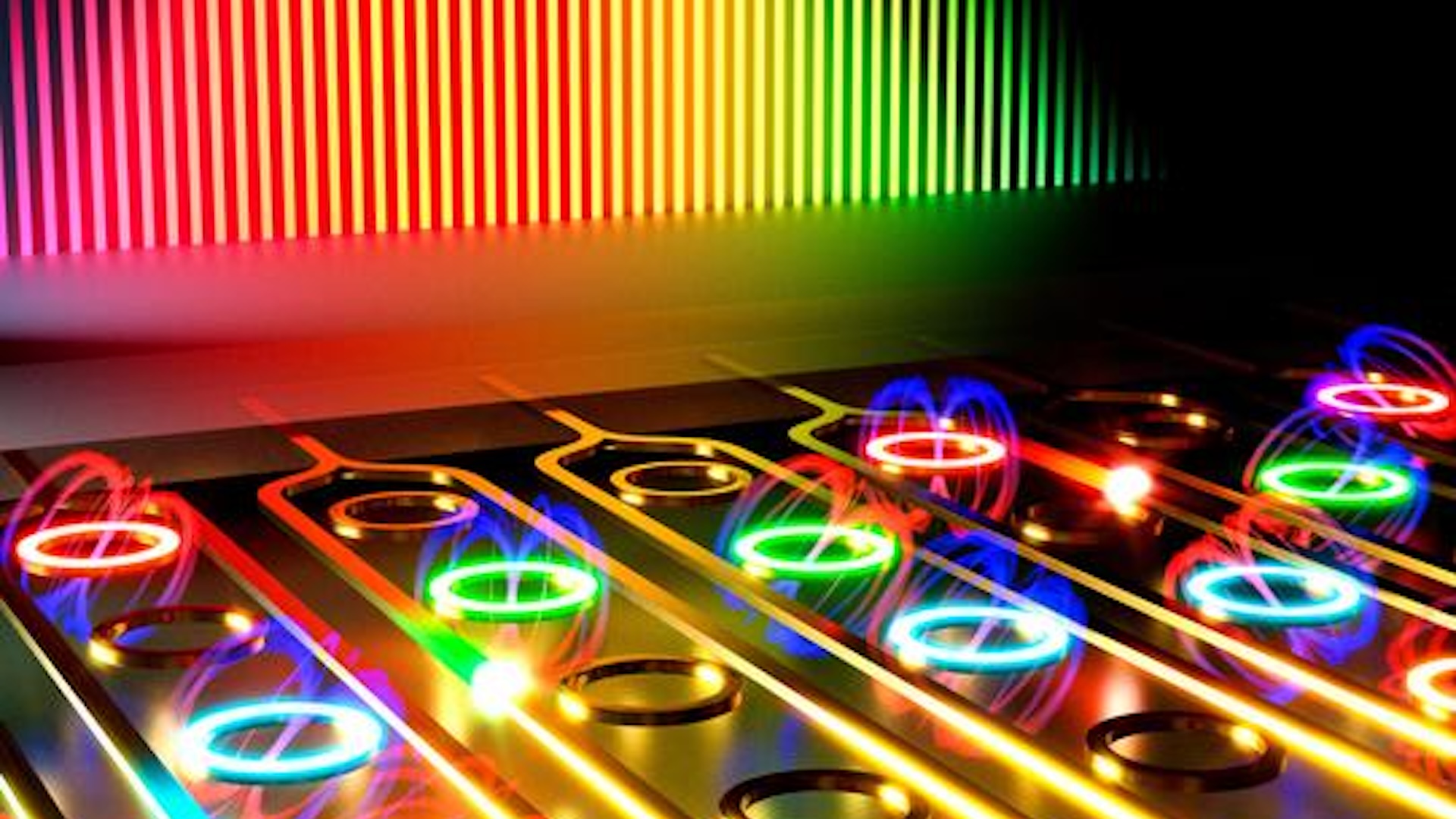Machines, Vol. 11, Pages 618: Optimizing the Neural Network Architecture for Automation of the Tailored UV Post-Treatment of Photopolymer Printing Plates
Machines doi: 10.3390/machines11060618
Authors: Davor Donevski Tamara Tomašegović Sanja Mahović Poljaček
In this work, three types of photopolymer printing plates for packaging printing were subjected to varied UV (ultraviolet radiation) post-treatments, and their surface free energy (SFE) components were calculated. SFE of the photopolymer printing plate is crucial in the process of transferring the ink from the printing plate to the substrate. Calculated polar and dispersive SFE components were used to build and optimize artificial neural networks for the prediction of the surface properties of different photopolymer materials after the performed UVA and UVC post-treatments. In this way, the production of printing plates with tailored SFE components could be automated and optimized. Consequently, products with improved qualitative properties could be printed. Results of the research have shown that the choice of the neural network’s activation function is most significant for the minimization of the mean squared error (MSE), while the number of neurons and hidden layers in neural networks has less influence on MSE. The optimized neural networks applied for common photopolymer materials in this work have the potential to be applied for the automation of the printing plates’ post-treatment process and the production of printing plates with surface properties tailored to specific printing systems.

 1 year ago
44
1 year ago
44


